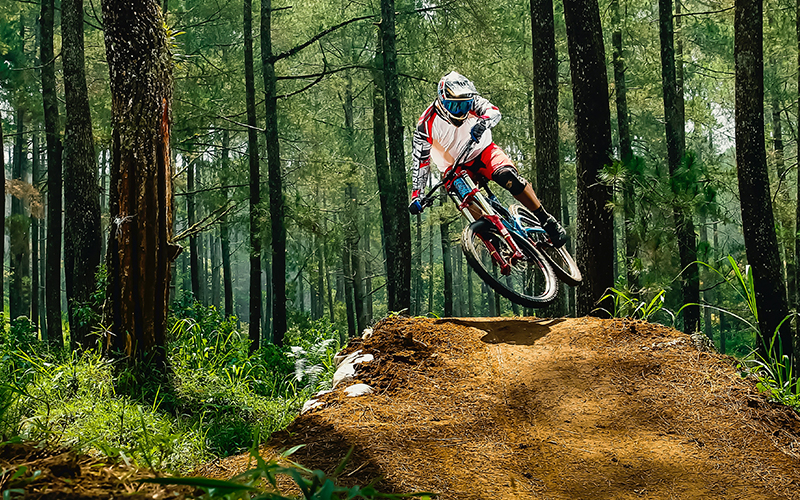From when the concept of a trail is first conceived through when the first steps or bike tracks are made, sometimes we can circle the sun several times. It’s true that some trail projects happen rather quickly, as in a matter of months, but the reality is that most trails take at least a year or two from start to finish. It takes careful and intentional planning, coordination, permitting, fundraising, and building to make a trail happen. It’s important to go into trail building with patience and the understanding that many steps and much coordination must happen to be successful.
A trail or path route and its intended purpose can come about in a few different ways. For example, the trail might serve as a way to get from point A to point B; the trail may fill a need for a loop; or it might make an important connection within a network. Especially in a place where many trails already exist, like the Mad River Valley, this intentional planning phase of a trail or path is essential to ensure that our trail and path network as a whole functions well within our community and natural world. In other words, individual trails that don’t serve a master plan or long-term strategy can detract from the overall quality of our network. Here in the MRV, we’re working hard to develop and maintain our trails and paths collaboratively so we can maximize trail awesomeness (i.e. individual experiences) and the value of trails and paths to our community.
Once a trail or path concept is confirmed to serve a need and defined purpose, coordinating partners is the next vital phase. Landowner permissions are first and foremost, and almost always happen before or during the initial planning phase. The person, people, business, or government entity that owns or manages the land have to be supportive and invested in the trail or path. Ideally, they will donate a permanent easement to ensure that the trail exists in perpetuity, but in our world of compromises, more often than not, a trail exists under a handshake or simple landowner agreement. How many resources are invested into a trail can depend on the level of protections of that trail. Once landowner support is confirmed, the landowner is kept in the loop throughout the rest of the process.
Next, the trail or path design and features are assessed: length, type (i.e. singletrack, mowed grass, etc.) number of bridges and boardwalks, climbing turns, berms, jumps, rollers, fencing, rock crossings, road crossings, and signage are all included. The final route is determined through many site visits and walk-throughs, and mapping programs are incredibly helpful and important. This design phase informs the next steps of determining the project costs and what kind of work will be needed to build it. You can build a trail with shovels and rakes and a few volunteers, or the other extreme is to hire a professional trail builder to machine-build it with a mini-excavator. Sometimes, a trail is built using both volunteers and a hired professional. It all depends on what the intent and purpose of the trail or path is.
Next in the Trail Mix series, we’ll dive into more critical steps in creating a trail or path: permitting, fundraising, and the physical act of building.












